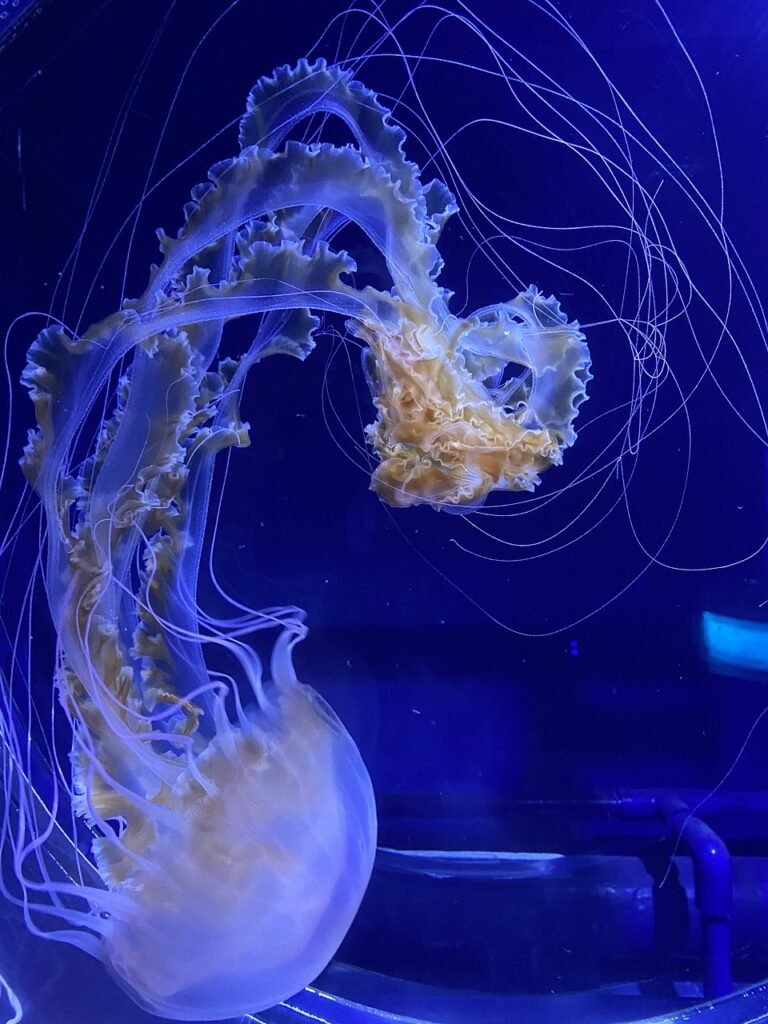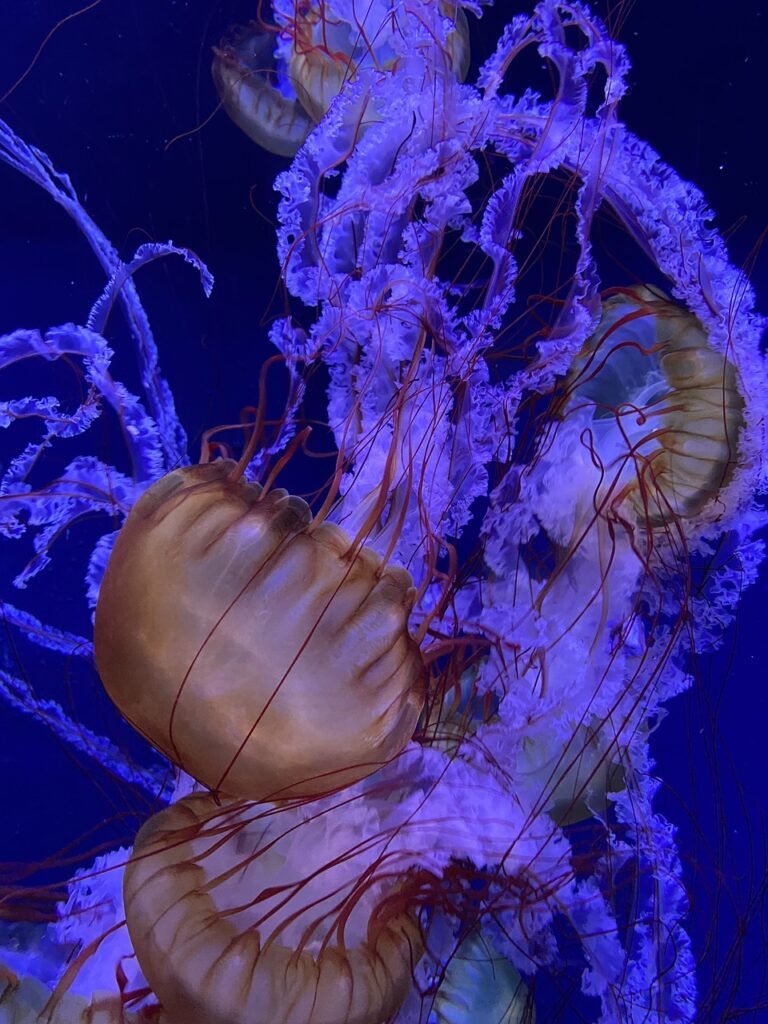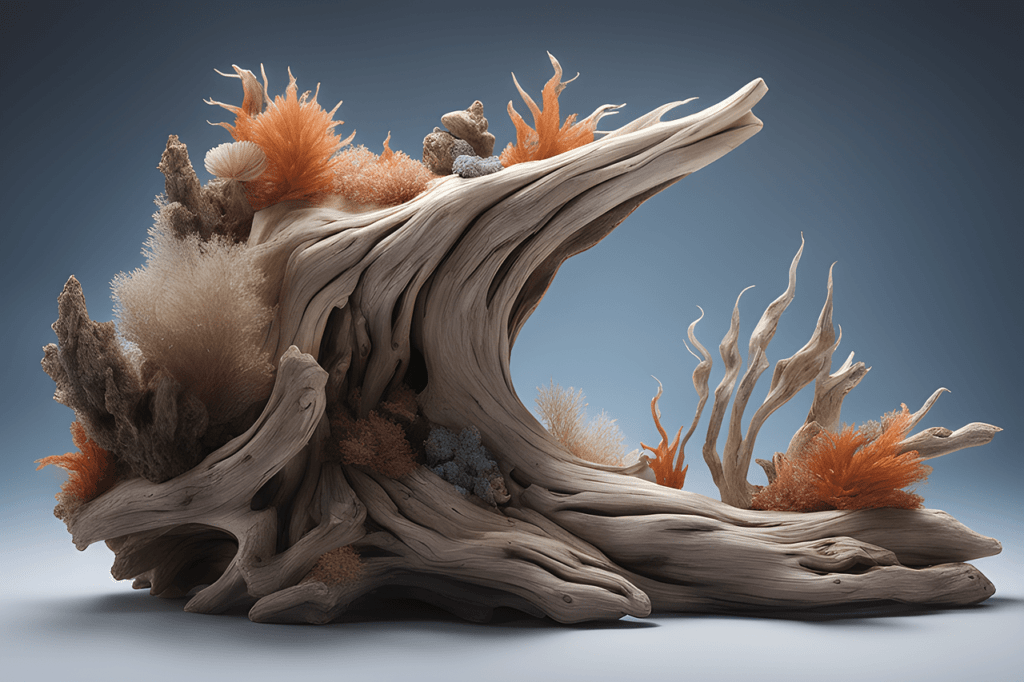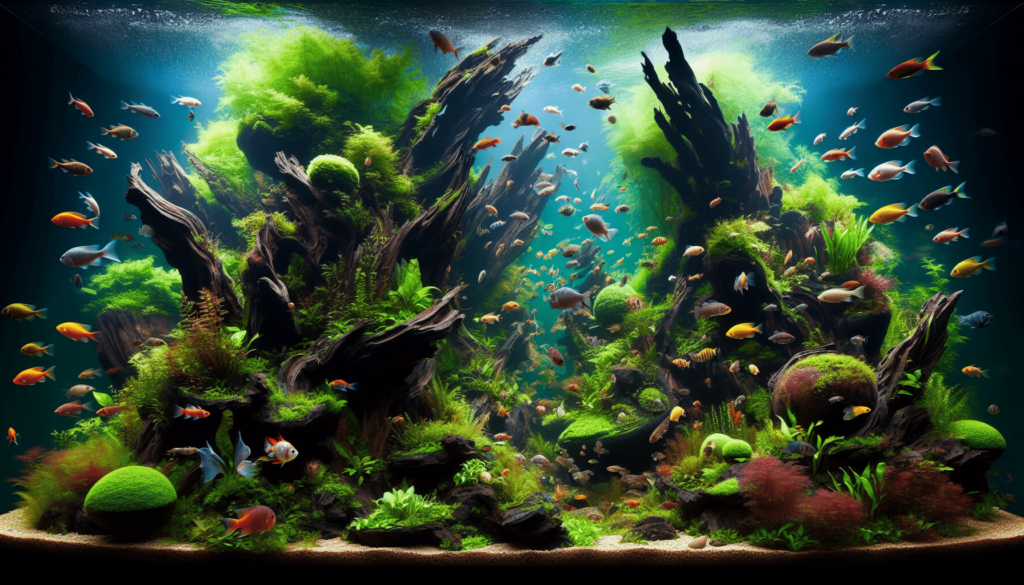In “Creative Ideas for Aquascaping Enthusiasts,” you will discover the magical world of underwater gardens, where creativity and nature come together to create beautiful aquatic scenes in your fish tank. Aquascaping is like painting a picture, but instead of using paint, you use plants, rocks, and water. You can design tiny forests, majestic mountains, or even underwater pathways that fish can swim through. This article will guide you through the history of aquascaping, the latest trends, and give you tips on how to create your own enchanting underwater masterpiece. Get ready to dive into a hobby that turns your aquarium into a living piece of art!
Creative Ideas for Aquascaping Enthusiasts
Have you ever wondered how to turn your aquarium into a stunning underwater landscape?
Aquascaping is like being a gardener, but instead of working in a backyard, you create beautiful designs underwater in an aquarium. It’s a great way to express creativity and bring a peaceful, beautiful touch to any room.
What is Aquascaping and Why is it Popular?
Aquascaping has been gaining popularity because people love to create and enjoy beautiful things. Imagine looking at your own underwater world full of colorful fish, green plants, and artistic structures. It’s like having a tiny piece of nature right in your home!

How Did Aquascaping Start?
Before diving into creative ideas, let’s understand how aquascaping started. Aquascaping began many years ago when people started keeping fish as pets. They soon realized that the aquarium could be more than just a box with water and fish. People began to add plants, rocks, and other decorations to make it look like a real natural habitat. It became more and more popular as a form of hobby and art.
What are the Current Trends in Aquascaping?
Nowadays, aquascaping is not just about putting some plants and fish in a tank. There are trends that people follow to make their tanks look even more amazing. Some trends include creating natural riverbeds, mountains, or even mini forests inside the aquarium. People are also using new plants and advanced lights to make their tanks look as realistic and beautiful as possible.

Key Concepts and Definitions
Let’s break down some important words you might hear when talking about aquascaping:
- Substrate: This is the material you put at the bottom of the tank. It can be sand, gravel, or special soil for plants.
- Hardscape: These are the non-living things like rocks, driftwood, and structures that form the skeleton of your aquascape.
- Flora: The plants inside the aquarium.
- Fauna: The animals, like fish and snails, living in the aquarium.
Getting Started with Aquascaping
If you’re new to aquascaping, don’t worry! Here are some basic steps to get you started.
Step 1: Choose Your Tank
First, you need a tank. It can be big or small, but it’s usually easier to start with a medium-sized tank, around 20 gallons.
Step 2: Pick Your Substrate
The substrate is very important because it affects how plants grow. Choose a substrate that is right for the plants you want to use. You can ask for help at your local pet store or do some research online.
Step 3: Plan Your Layout
Before putting anything in the tank, draw a picture of what you want your aquascape to look like. It will help you know where everything should go.
Step 4: Add Hardscape
Add your rocks, driftwood, or other structures first. These will be the main focal points of your design.
Step 5: Plant Your Flora
Add your plants around the hardscape. Think about how they will grow and fill in over time. Some plants might need trimming to keep them looking nice.
Step 6: Add Water and Fauna
Slowly add water to your tank, being careful not to disturb your design. Once the water is in, you can add your fish and other animals. Remember, it’s essential to let the water sit for a while to ensure it’s safe for the fish.

Example 1: Nature Aquarium Style
One popular style in aquascaping is the Nature Aquarium. This style mimics real natural environments like rivers, forests, or mountains. In a Nature Aquarium, you use lots of plants and natural structures like rocks and wood.
Did you know that Takashi Amano, a famous Japanese aquascaper, helped popularize this style? He used different types of plants and made sure everything looked balanced and natural. His work shows that good aquascaping can be like creating underwater artwork.
Example 2: Dutch Style
Another famous style is the Dutch Style. It focuses more on plants than rocks or wood. In a Dutch-style tank, plants are arranged in rows to create colorful, garden-like views. This style has been around since the early 20th century in the Netherlands and is still very popular today.

Comparing Different Styles
There are different ways to approach aquascaping, and each method has its own unique charm.
| Style | Key Features | Example |
|---|---|---|
| Nature Aquarium | Mimics natural environments | Forest, River |
| Dutch Style | Focuses on colorful plant rows | Garden-like |
| Iwagumi | Uses rocks as the main focus | Peaceful landscapes |
| Biotope Aquarium | Mimics a specific natural habitat | Amazon River, Lake |
Impact of Different Styles
Each aquascaping style impacts the viewer differently. A Nature Aquarium can make someone feel like they’re looking at a real part of nature, while a Dutch Style aquarium can look like a colorful underwater garden. Choosing the right style depends on what kind of mood you want your aquarium to create.

Future Directions and Implications
As people continue to enjoy aquascaping, new trends and technologies will keep making it even more interesting.
Predictions
In the future, we might see more advanced lighting systems and new types of plants that glow in the dark. There might also be more focus on creating sustainable aquariums that are self-sufficient.
Implications
Aquascaping can teach us a lot about taking care of the environment. By creating a mini-ecosystem, we learn how plants and animals depend on each other. It also shows how important it is to protect our natural habitats.
Conclusion
Recapping some of the main points:
- Aquascaping is a creative way to design underwater landscapes.
- It started many years ago but has become more popular over time.
- There are different styles, like Nature Aquarium and Dutch Style, each with its unique features.
- Getting started is easy with the right materials and a bit of planning.
- Remember to balance hardscapes and plants to create a beautiful, harmonious underwater world.
Final Thought
Now, imagine if everyone created their own little piece of underwater nature at home. How much more connected would we feel to the real environment? Why not start your aquascaping journey today and see what wonderful designs you can come up with!
Engage and Explore
If you’ve enjoyed learning about aquascaping, why not try it yourself? Share your designs, comment with your ideas, or explore more resources online to keep learning and growing. Happy aquascaping!
Credible Sources:
- Amano, Takashi. “Nature Aquarium World” (Parts 1-3)
- The Green Machine Online Aquascaping Store
- Practical Fishkeeping Magazine
- Aquatic Gardeners Association


